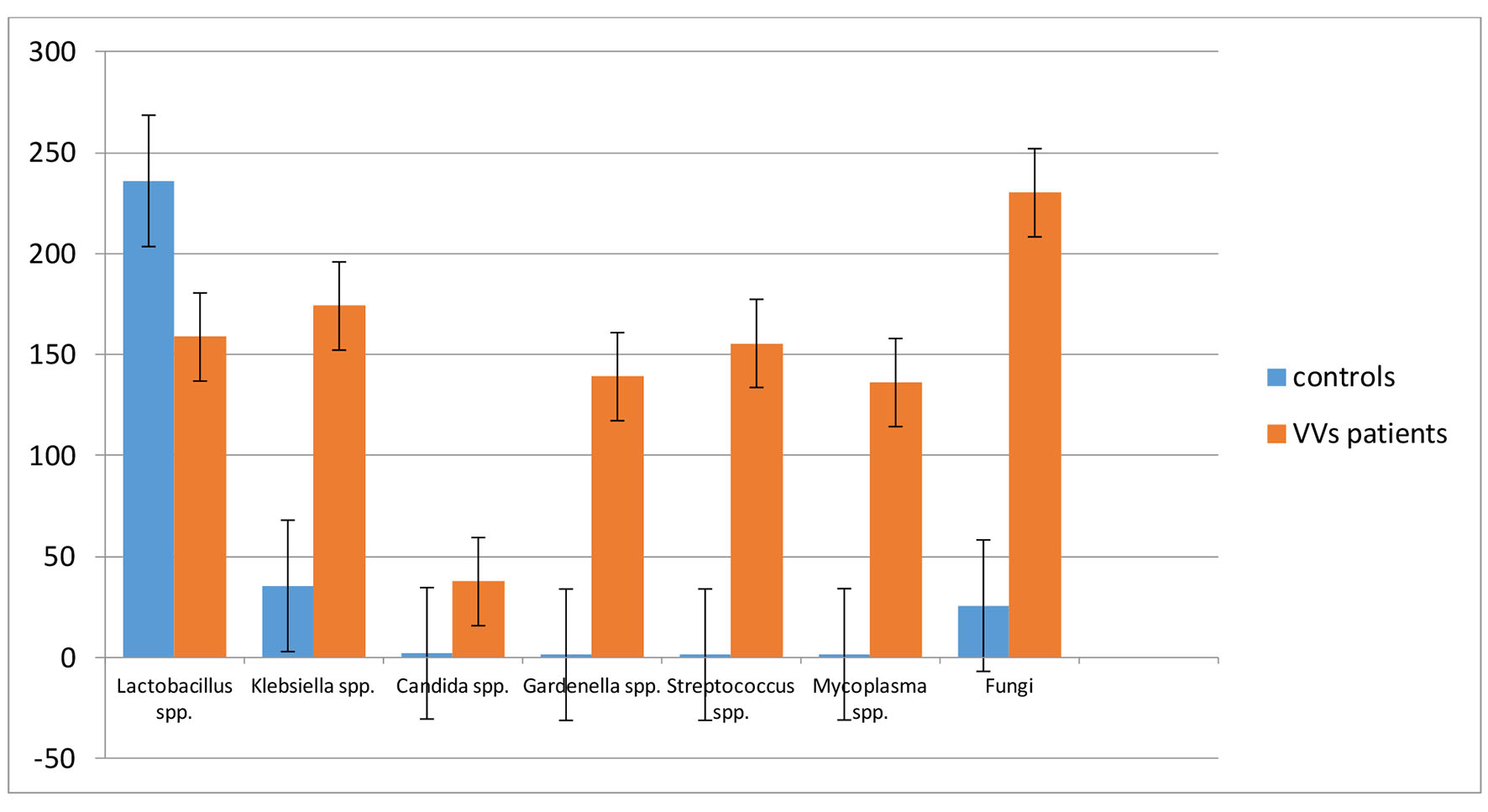
Figure 1. Comparison of bacterial population in the studied clinical cases. The value is expressed in CFU/mL ± SD.
| Journal of Clinical Medicine Research, ISSN 1918-3003 print, 1918-3011 online, Open Access |
| Article copyright, the authors; Journal compilation copyright, J Clin Med Res and Elmer Press Inc |
| Journal website http://www.jocmr.org |
Original Article
Volume 10, Number 9, September 2018, pages 688-692
Vulvovestibular Syndrome and Vaginal Microbiome: A Simple Evaluation
Figure

Tables
| Patients | Controls | |
|---|---|---|
| No. of patients | 50 | 50 |
| Mean age (years ± SD) | 33.6 ± 2.75 | 30.5 ± 3.12 |
| Mean weight (kg ± SD) | 57.5 ± 5.11 | 55.8 ± 3.19 |
| Mean height (cm ± SD) | 162 ± 5.97 | 157 ± 3.44 |
| Smokers | 18 | 21 |
| Currently in a stable relationship | 32 | 27 |
| Mean pain severity (± SD) | 7.1 ± 1.23 | 0 |
| Electromiographic biofeedback (µV ± SD) | 127.8 ± 12.5 | 12.7 ± 8.1 |
| Inclusion criteria | Exclusion criteria |
|---|---|
| Dyspareunia | Pregnant or lactating women |
| Positive SWAB test | Ongoing antifungal, antibiotic or antiviral therapy |
| The hypertonia of anus elevator muscle | Oral contraceptives |
| Previous topical or systemic therapies | Vaginal diazepam suppositories |
| Bacterial species | Controls, mean ± SD (CFU/mL) | VVS patients, mean ± SD (CFU/mL) | Statistical relevance |
|---|---|---|---|
| Lactobacillus spp. | 236.00 ± 54.13 | 158.69 ± 28.32 | P < 0.05 |
| Klebsiella spp. | 35.40 ± 5.36 | 174.03 ± 27.21 | P < 0.05 |
| Candida spp. | 2.00 ± 1.47 | 37.53 ± 6.71 | P < 0.05 |
| Gardnerella spp. | 1.30 ± 1.20 | 1.11 ± 25.12 | P < 0.05 |
| Streptococcus spp. | 1.35 ± 1.05 | 1.51 ± 29.31 | P < 0.05 |
| Mycoplasma | 1.51 ± 1.11 | 1.42 ± 26.11 | P < 0.05 |
| Fungi spp. | 25.60 ± 6.02 | 230.13 ± 92.14 | P < 0.05 |